Best Practices For Autism-Friendly Fitness And Recreation Centers
Enhancing Accessibility and Inclusion in Recreation Facilities
Designing and managing recreation centers that cater to individuals with autism requires a thoughtful approach that emphasizes sensory considerations, adaptive activities, and staff training. This article explores best practices, resources, and standards that can transform recreational spaces into safe, engaging, and inclusive environments for everyone.
Understanding Autism and the Role of Recreation
Recreation activities provide significant benefits for individuals with autism, impacting their physical, mental, and emotional well-being. Engaging in tailored recreational options can help improve specific skills, like coordination and communication, while also fostering broader social and cognitive abilities.
Participation in these activities enhances self-esteem, confidence, and a sense of community. It creates opportunities for autistic individuals to connect with others, supporting inclusion and improving overall quality of life. For example, community programs such as autism-specific sports teams and inclusive events enable participation in social and team activities, promoting a sense of belonging.
Various activities can be adapted or chosen based on individual interests and strengths. Hobbies like collecting, drawing, photography, or activities such as running, skiing, hiking, golf, and cycling can be enjoyable options. Schools and community centers often offer specialized programs, including adaptive sports, arts, and social skills groups, designed to meet the diverse needs of autistic participants.
Creating an accessible and welcoming environment is essential. This involves physical modifications, sensory-friendly spaces, and staff training to ensure inclusivity. Recommendations include adding ramps, elevators, and sensory-friendly equipment, along with staff education on disability etiquette. Implementing sensory-friendly hours or zones within facilities helps accommodate sensory sensitivities, reducing overwhelm and providing calming spaces.
Resources like the Special Olympics, Challenger Baseball, TOPS IOCER, Scouts with Special Needs, and YMCA inclusive programs offer structured opportunities for participation. Certification programs, such as those provided by IBCCES, help recreation centers establish and maintain standards for creating autism-friendly environments. These include training staff, developing sensory guides, and conducting regular assessments to ensure ongoing accessibility.
| Benefits of Recreation Activities | Types of Suitable Activities | Ways to Promote Inclusion |
|---|---|---|
| Improve physical health | Arts and crafts | Staff training and certification |
| Enhance social skills | Adaptive sports | Sensory-friendly environments |
| Boost self-esteem and confidence | Individual hobbies (drawing, photography) | Physical modifications (ramps, quiet zones) |
| Increase community involvement | Nature activities (hiking, cycling) | Program customization based on interests |
| Support emotional well-being | Group activities and clubs | Collaboration with organizations and resources |
Creating inclusive recreational opportunities involves ongoing efforts to tailor experiences, make environments sensory-friendly, and foster community involvement. These initiatives not only support skill development but also promote lifelong health, happiness, and social integration for individuals with autism.
Creating Sensory-Friendly Environments
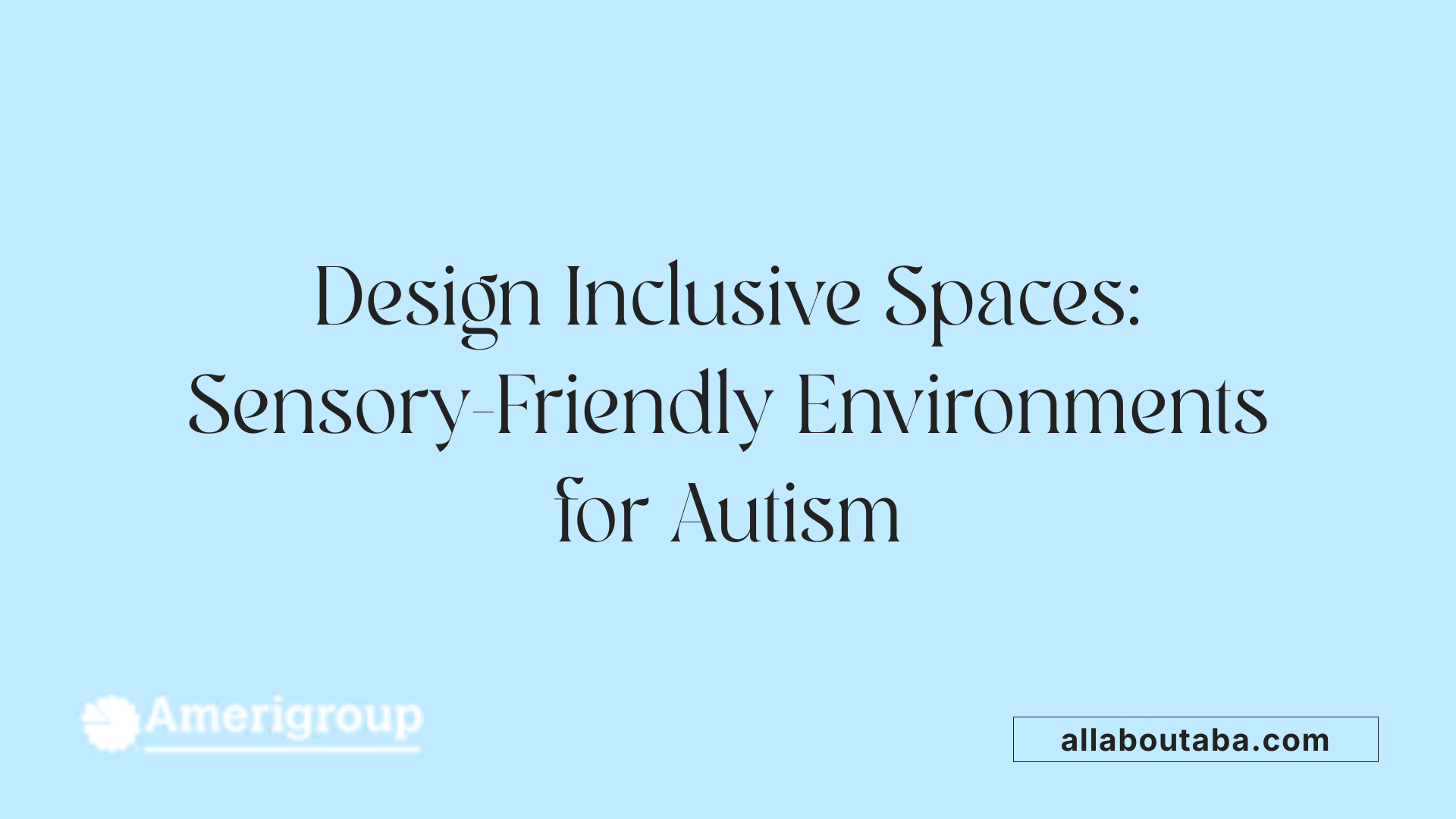 Designing spaces that accommodate individuals with autism is essential for inclusive recreation. Sensory-friendly environments aim to reduce overwhelming stimuli and provide calming, accessible places where everyone can enjoy activities comfortably.
Designing spaces that accommodate individuals with autism is essential for inclusive recreation. Sensory-friendly environments aim to reduce overwhelming stimuli and provide calming, accessible places where everyone can enjoy activities comfortably.
One fundamental aspect is creating dedicated low-sensory zones within recreational facilities. These areas are designed to be quieter, with dimmed lighting, comfortable seating, and minimal auditory or visual distractions. Incorporating features like soft lighting, calming colors, and cozy corners encourages relaxation for visitors experiencing sensory overload.
Sensory equipment is another vital component. Items such as swings, textured surfaces, visual supports, gentle rocking chairs, and tactile panels help stimulate or soothe senses, depending on individual needs. Outdoor sensory gardens filled with various plants, water features, and textured paths offer natural sensory experiences that promote calmness and engagement.
Utilizing dedicated sensory rooms equipped with specialized tools—such as weighted blankets, calming lights, and sound machines—provides controlled environments that help regulate sensory input. Outdoor sensory gardens extend this concept by integrating nature-based sensory experiences with accessible pathways and sensory stations that encourage exploration and self-calming.
For organizations seeking guidance, several resources are available. The Autism Society and the National Autism Association provide comprehensive guides on implementing autism-friendly features. Certifications like the IBCCES Certified Autism Centers™ involve onsite evaluations, expert staff training, and sensory guides to assist facilities in becoming more accessible.
The ASPECTSS Framework, developed by recognized experts including Magda Mostafa, PhD, offers a structured approach to modifying environments based on sensory safety and user input. Many municipalities also adopt sensory-friendly initiatives, such as KultureCity’s Sensory Inclusive™ certification, which includes staff training and community programs.
Practical strategies to enhance inclusivity include developing sensory rooms tailored to specific needs and outdoor sensory gardens that encourage safe, exploratory play. Collaboration with recreation therapists, who specialize in designing sensory-friendly activities, ensures environments meet developmental and sensory considerations.
In summary, creating sensory-friendly recreational spaces involves thoughtful design, sensory equipment, outdoor extensions, and expert guidance. These efforts help foster inclusive community environments where individuals with autism can participate fully and comfortably.
Supporting Individuals with Autism in Recreation Programming
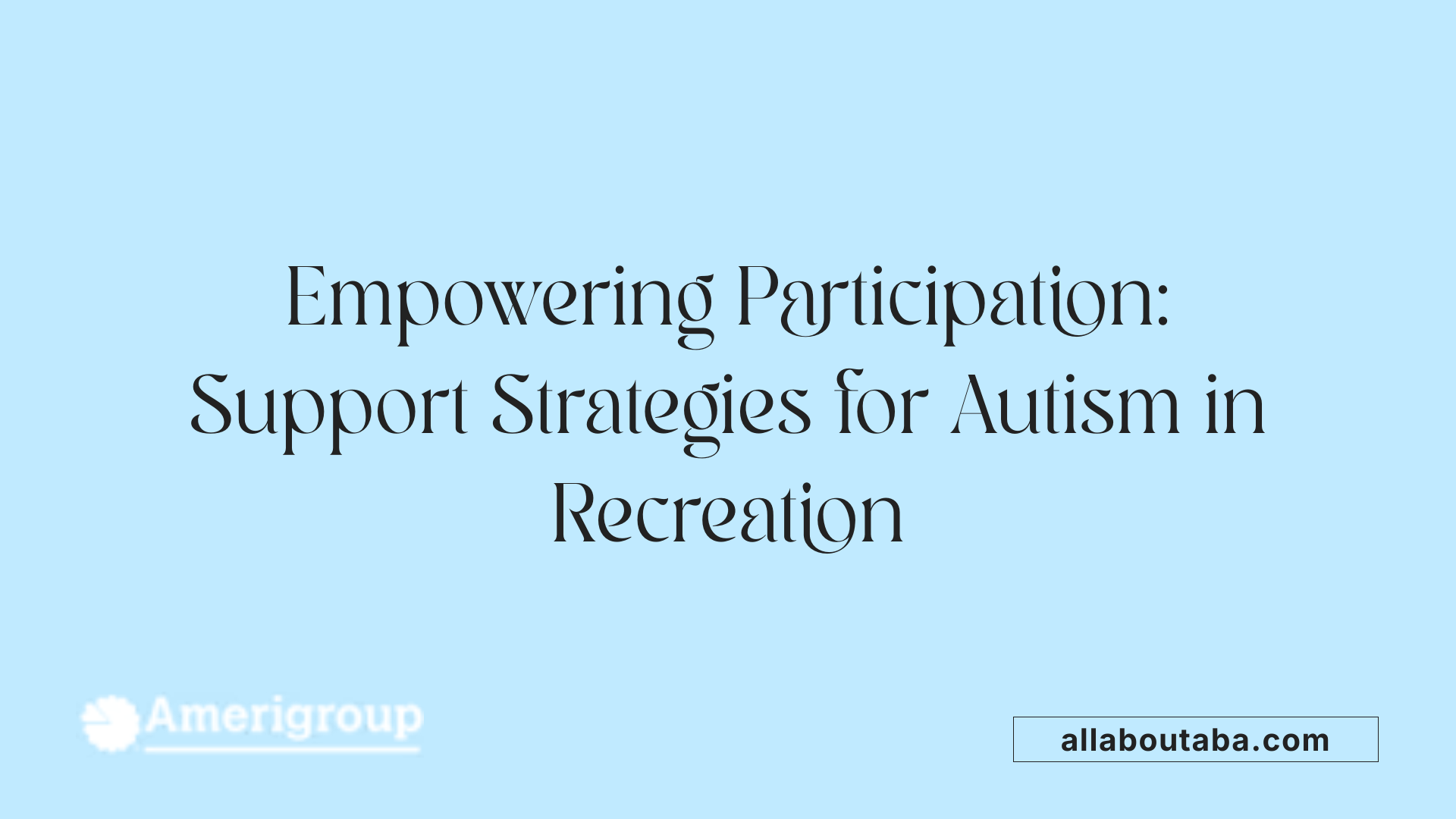
Utilizing structured routines, visual supports, and positive reinforcement
Creating a supportive recreational environment for individuals with autism often involves implementing predictable routines. Structured schedules help reduce anxiety and build confidence by providing clear expectations. Visual supports, such as picture schedules or visual cue cards, assist in communication and understanding of activities, making transitions smoother. Positive reinforcement, through praise or tangible rewards, encourages participation and fosters a sense of achievement.
Incorporating social skills development through peer interactions and social stories
Recreational activities offer valuable opportunities for social skill growth. Small group settings and peer interactions enable individuals to practice communication, sharing, and teamwork. Social stories—brief narratives that illustrate proper social behavior—prepare participants for social situations, making them more comfortable and engaged. These strategies help build friendships and improve social confidence.
Designing activities that match individual interests and sensory preferences
Activities should be tailored to each person’s specific interests and sensory sensitivities. For example, some may enjoy collecting or drawing, while others might prefer outdoor pursuits like hiking or cycling. Providing options that align with personal preferences increases motivation and enjoyment. Sensory-friendly environments—featuring calm spaces and appropriate sensory equipment—enhance comfort and participation.
Are there guidelines and standards for supporting individuals with autism in recreational settings?
Yes, there are established guidelines and standards aimed at creating inclusive recreational experiences. Organizations such as Autism Speaks offer resources like the ASD Guidelines for Recreation and Leisure, which focus on accessible, sensory-friendly, and predictable environments. These guidelines emphasize the use of visual supports, structured routines, and adaptive activities suited to individual developmental levels. Certified programs, like those accredited by the International Board of Credentialing and Continuing Education Standards (IBCCES), demonstrate adherence to best practices through staff training and facility modifications. Certification processes include onsite reviews, sensory guidance implementation, and community awareness initiatives, all working together to promote safe, welcoming, and inclusive recreation for individuals with autism.
Designing Autism-Friendly Fitness & Recreation Centers
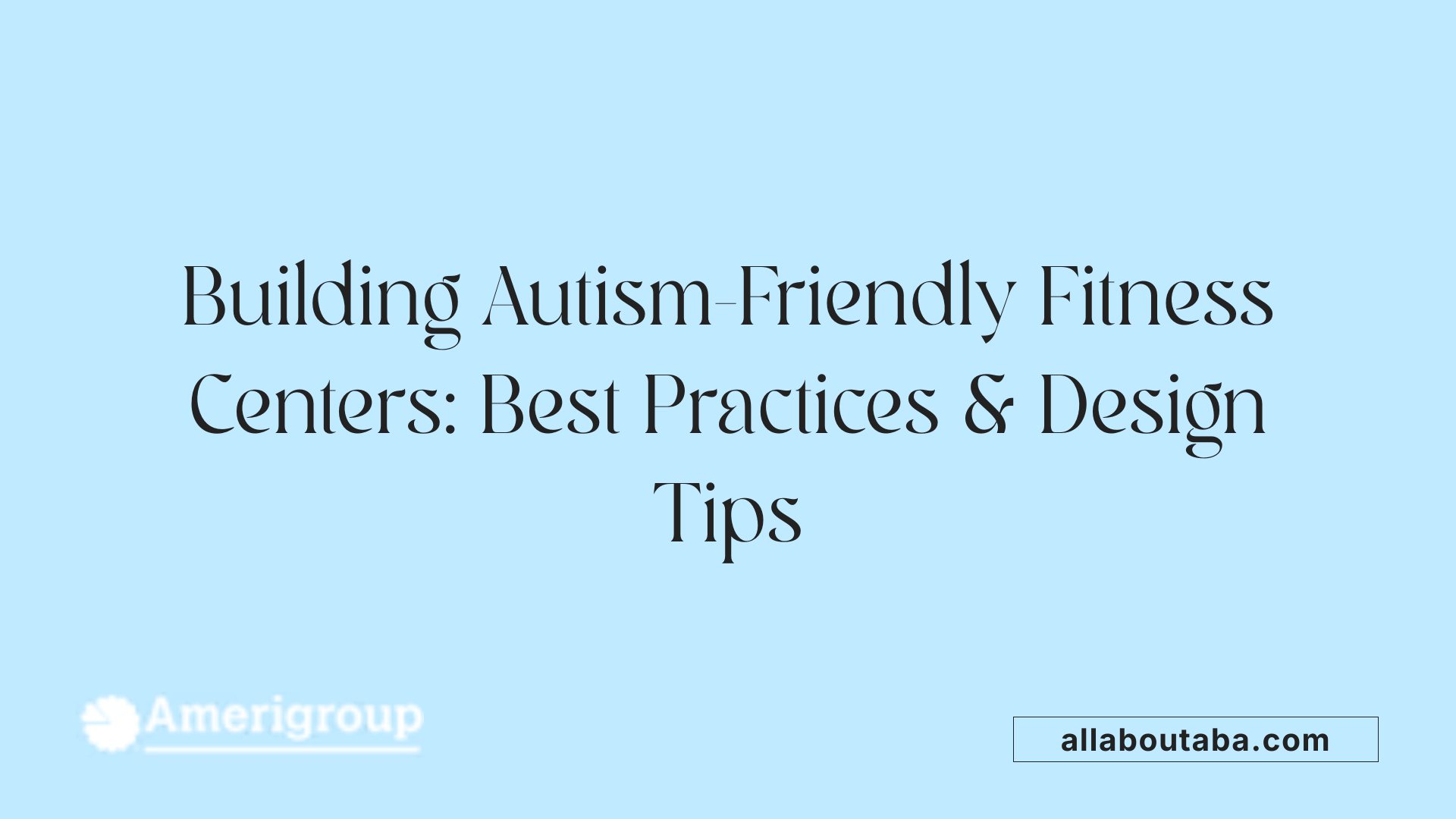
What are best practices for designing autism-friendly fitness and recreation centers?
Creating spaces that are welcoming and accessible for autistic individuals entails careful planning and thoughtful design choices. Incorporating sensory-friendly elements is essential. These elements include dedicated quiet zones and sensory rooms equipped with calming stimuli, adjustable lighting to cater to varying sensory sensitivities, and the provision of sensory choices throughout the facility.
Structured routines are vital to reduce anxiety and support understanding. Visual supports such as clear signage and visual schedules help individuals navigate the environment confidently and independently. Predictability in the layout and routine helps minimize surprises that could lead to sensory overload or behavioral challenges.
Flexible spaces are also important. Including solo retreat areas or separate zones allows individuals to regulate their sensory input or take breaks when needed. Providing options for different sensory experiences—like tactile activities, visual stimulations, or movement-based options—ensures diverse needs are met.
Staff training is crucial. Employees should understand autism considerations, including effective communication strategies, safety protocols (especially regarding seizure risks), and how to assist individuals in both routine activities and sensory regulation.
Engaging the community is a cornerstone of successful design. Involving autistic individuals and their families in the planning process ensures that the facility genuinely meets their needs. Participatory design helps create a space that promotes social interaction, supports physical development, and fosters inclusion.
Overall, best practices emphasize the importance of sensory elements, structured routines, flexible spaces, trained staff, and inclusive community involvement to build effective and welcoming recreation centers for all.
Implementing Staff Training for Inclusive Recreation
A well-trained staff is crucial for creating truly inclusive recreational environments for individuals with autism. Understanding sensory sensitivities and communication differences allows staff to better support each individual's needs, making activities more accessible and enjoyable.
Certification programs like the International Board of Credentialing and Continuing Education Standards (IBCCES) offer specialized training and accreditation for staff. These programs include comprehensive certification processes, onsite reviews, and ongoing support, which help organizations demonstrate their commitment to accessibility.
Effective training should cover several core areas. Staff need to learn behavioral strategies such as visual supports, structured routines, and positive reinforcement to manage behavior. Safety considerations, including understanding hypoactive and hyperactive sensory responses, are vital for ensuring a secure environment.
Organizations seeking to enhance their autism-friendly features can access various resources and expert guidance. Consulting organizations like the Autism Society or the National Autism Association provides valuable guides and toolkits. Pursuing certifications such as IBCCES Certified Autism Centers™ ensures a structured and validated approach.
Additionally, frameworks like the ASPECTSS Framework, developed by experts including Magda Mostafa, PhD, help in designing modifications that prioritize sensory safety and user input. Programs such as KultureCity’s Sensory Inclusive™ certification and initiatives by local governments, including Montgomery County, offer sensory-friendly adaptations, outdoor options, and staff training to promote inclusion.
Practical strategies involve creating sensory rooms, outdoor sensory-friendly programs, and developing visual supports. Collaborating with recreation therapists adds expert insight into designing environments that meet sensory, behavioral, and social needs.
By leveraging these resources and following best practices, organizations can foster welcoming, supportive recreational spaces where all individuals, regardless of sensory or communication differences, can participate fully and confidently.
Certification and Community Engagement
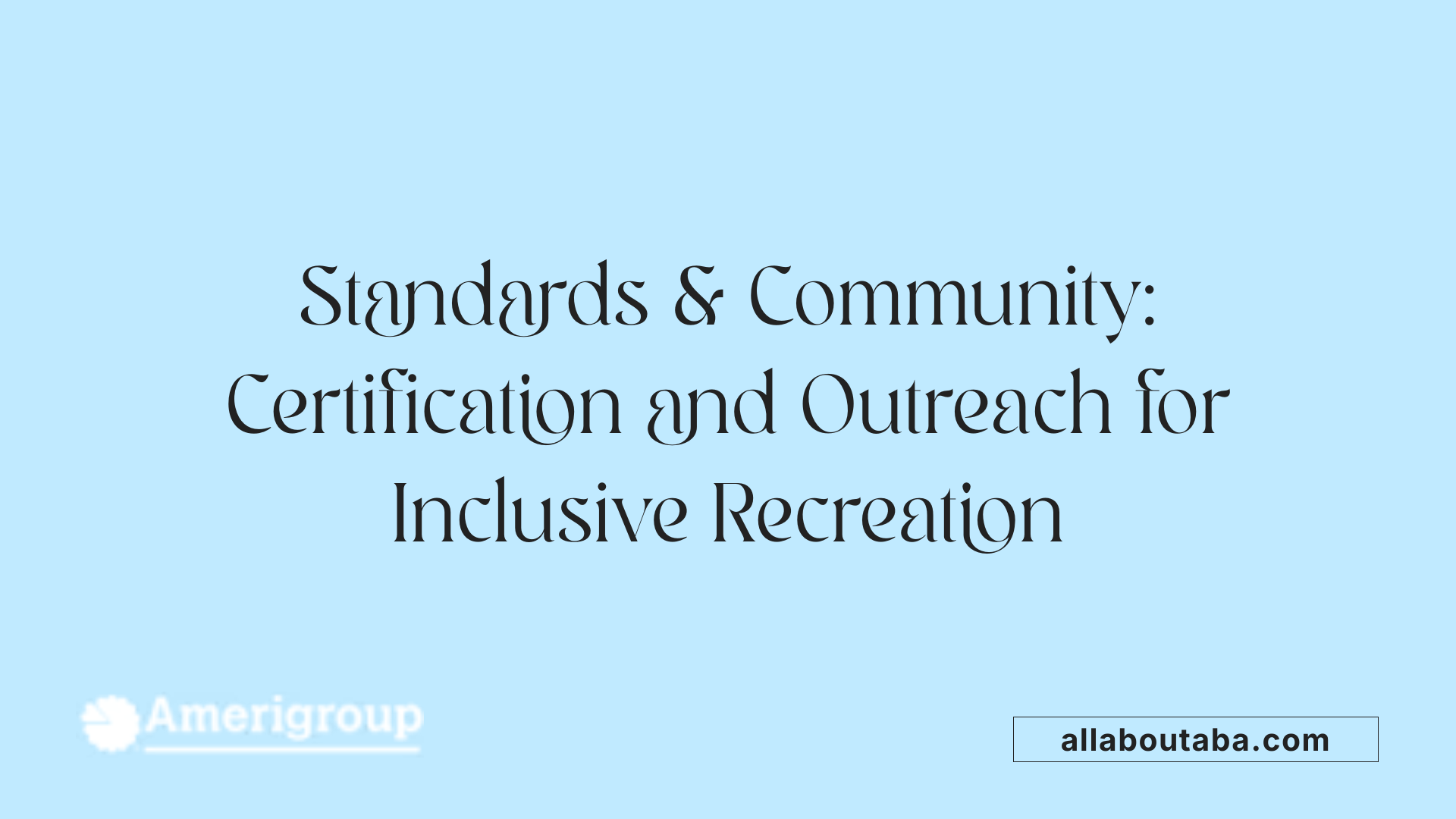 Efforts to make recreational facilities more inclusive and accessible for individuals with autism are significantly strengthened through certification programs like IBCCES Certified Autism Centers™. These programs emphasize ongoing quality assurance by setting standards for staff training, environmental adaptations, and program design, ensuring that facilities remain welcoming and supportive.
Efforts to make recreational facilities more inclusive and accessible for individuals with autism are significantly strengthened through certification programs like IBCCES Certified Autism Centers™. These programs emphasize ongoing quality assurance by setting standards for staff training, environmental adaptations, and program design, ensuring that facilities remain welcoming and supportive.
Certification programs also include comprehensive tools such as sensory guides, which help organizations assess and modify their environments to meet sensory needs. These guides outline specific features to address hypoactive and hyperactive sensory responses, providing practical advice for creating calming spaces, sensory-friendly hours, and appropriate equipment. By adhering to these guidelines, facilities demonstrate their commitment to providing safe and inclusive experiences.
Maintaining high standards through certification involves regular onsite reviews by experts, detailed reporting with recommendations, and subsequent improvements. Certified facilities are publicly listed on autism-specific directories and receive digital badges, which serve as marks of credibility and inclusivity.
Beyond individual certifications, engaging the community plays a vital role in promoting awareness and support for autism-friendly initiatives. Local initiatives, such as sensory-friendly outdoor activities, community outreach, and partnerships with organizations like the Autism Society and KultureCity, help foster an environment of acceptance. These efforts raise awareness among staff, volunteers, and visitors, creating a culture where inclusion is a natural part of recreation.
To further enhance the impact, facilities often participate in training programs developed by organizations like IBCCES, which prepare staff to recognize and accommodate sensory, behavioral, and communication differences. Such training is essential for sustaining a truly inclusive environment.
Where can I find resources and expert guidance on implementing autism-friendly features in recreational facilities?
To find resources and expert guidance on implementing autism-friendly features in recreational facilities, start by consulting organizations like the Autism Society and the National Autism Association, which offer comprehensive guides and resources. Consider pursuing certifications such as IBCCES Certified Autism Centers™, which provide onsite reviews, staff training, sensory guides, and ongoing support to enhance accessibility and inclusion. Explore frameworks like the ASPECTSS Framework developed by experts including Magda Mostafa, PhD, for designing environment-specific modifications that prioritize sensory safety and user input. Additionally, look into local and national programs, such as KultureCity’s Sensory Inclusive™ certification, and initiatives by municipalities like Montgomery County, which implement sensory-friendly adaptations, outdoor activities, and staff training across various community services. Incorporating practical strategies like sensory rooms, outdoor sensory-friendly programming, visual supports, and collaboration with recreation therapists can further support the creation of inclusive recreational environments.
Maintaining Quality and Growing Inclusion
What guidelines and standards are available for supporting individuals with autism in recreational settings?
Yes, there are established guidelines and standards designed to support individuals with autism in recreational environments. Organizations like Autism Speaks and the International Board of Credentialing and Continuing Education Standards (IBCCES) provide comprehensive frameworks and resources.
Autism-specific resources, such as the ASD Guidelines for Recreation and Leisure, highlight the importance of creating accessible, sensory-friendly, and predictable settings. These guidelines recommend tailoring activities to individual developmental levels and interests, incorporating visual supports, and maintaining structured routines to foster comfort and participation.
Recreation therapy programs often include adaptive sports, arts, and social activities geared toward promoting physical, social, and emotional well-being. Certification programs like those from IBCCES help recreation providers adopt evidence-based practices, ensuring facilities are inclusive and meet accessibility standards.
How do ongoing staff training and community outreach contribute to inclusive recreation?
Staff training is crucial for creating and maintaining inclusive recreation spaces. Trained staff understand how to interact appropriately with individuals with sensory sensitivities, communication challenges, or behavioral differences. This involves learning about sensory processing issues, behavioral strategies, and effective communication techniques.
Community outreach plays a fundamental role in building awareness and encouraging participation. Outreach efforts involve collaborating with autism-focused organizations, promoting inclusive programs, and informing families about available services. These initiatives help families feel welcomed and supported, increasing engagement.
How should organizations monitor and evaluate the effectiveness of inclusive practices?
Regular monitoring and evaluation are essential to ensure that recreational programs meet the needs of autistic participants. Feedback from individuals and families provides valuable insights into program accessibility and responsiveness.
Organizations should use tools like surveys, focus groups, and direct observations to assess satisfaction and comfort levels. Implementing sensory guides and conducting periodic reviews of environmental adaptations help identify areas for improvement.
Ongoing assessments should also include reviewing staff performance, updating training modules, and ensuring compliance with standards. Data-driven adjustments enhance the quality and inclusivity of recreation services.
How can responses to feedback from autistic individuals and families improve practice?
Listening to feedback from autistic individuals and their families helps tailor programs more effectively. Their insights inform modifications to sensory environments, activity choices, and scheduling practices.
Incorporating suggestions can involve adding quiet zones, adjusting lighting or sound levels, and diversifying activity options. Transparent communication about changes demonstrates responsiveness and respect.
Effective responses also include thanking families for their input, providing updates on improvements, and involving them in planning future activities. This collaborative approach fosters trust and continuous improvement.
| Aspect | Strategies | Examples |
|---|---|---|
| Guidelines & Standards | Use of ASD-focused resources, structured routines, sensory considerations | Autism Speaks ASD Guidelines, IBCCES Certification standards |
| Staff Training | Sensory awareness, positive behavioral support, communication | Workshops, certification programs, ongoing professional development |
| Community Outreach | Partnerships, awareness campaigns, informational sessions | Collaborations with autism organizations, community events |
| Monitoring & Evaluation | Feedback collection, environmental assessments, data analysis | Surveys, sensory guides, program reviews |
| Responding to Feedback | Adaptations, transparent communication, collaborative planning | Quiet zones, lighting adjustments, family meetings |
Ensuring ongoing training, community engagement, and responsive adjustments helps create truly inclusive recreational environments that benefit individuals with autism and foster lifelong inclusion.
Fostering an Inclusive Future in Recreation
Creating autism-friendly fitness and recreation centers is an ongoing journey of learning, adapting, and community collaboration. By implementing evidence-based practices, providing specialized staff training, pursuing certification, and actively engaging with autistic individuals and their families, facilities can become truly accessible and welcoming spaces. Embracing sensory considerations, structural modifications, and inclusive programming ensures everyone has the opportunity to benefit from recreation, improving quality of life and community integration. As awareness and standards evolve, continued commitment to inclusion will lead to more diverse, equitable, and health-promoting recreational environments for all.
References
- Autism and recreation
- Make your Sport or Recreation Center Sensory-Friendly
- Best Extracurricular Activities For Autism: A Parent's Guide
- Autism and Considerations in Recreation and Physical ...
- Certified Autism Center for Park and Recreation Departments
- Creating Autism Friendly Spaces
- Autism and recreation
Other articles
Recent articles

Best Practices For Autism-Friendly Fitness And Recreation Centers

Best Ways To Promote Healthy Social Media Use For Autistic Teens

How To Help Autistic Children Cope With Public Speaking

Autism And Strategies For Managing Unexpected Changes

Best Podcasts About Autism For Parents And Educators

Autism And The Impact Of Seasonal Changes On Behavior

The Role Of Diet In Managing Co-Occurring Conditions With Autism

Sleep Challenges In Autism And Practical Solutions

Best Ways To Build Daily Routines For Autistic Children

Best Practices For Supporting Autistic Entrepreneurs

Autism And Strategies For Navigating Large Social Gatherings

Adaptive Sports And Recreational Activities For People With Autism

Autism And The Benefits Of Story-Based Learning Activities

Understanding The Role Of Play In Autism Development

Autism And The Impact Of Environmental Noise On Learning

How To Create Autism-Friendly Community Spaces

Autism And Chronic Health Conditions: What To Know

The Role Of Care Managers In Autism Life Planning

How To Teach Social Boundaries To Autistic Children

How Autistic Individuals Experience Empathy Differently

How To Support Autistic Employees In Remote Work Settings

Autism And The Relationship Between Motor Skills And Learning

How To Create Community Resource Guides For Autism Families

How To Teach Daily Living Skills To Autistic Teens

Autism And The Impact Of Mind-Body Practices On Stress Reduction

Autism And The Benefits Of Outdoor Group Activities

How To Create Autism-Friendly Sensory Paths In Schools

Best Practices For Autism-Friendly Park And Recreation Areas

Autism And Strategies For Reducing School Refusal

Supporting Autistic Individuals In Public Speaking

The Role Of Diet In Managing Autism Symptoms

The Benefits Of Gardening Clubs For Autism Social Development

How To Prepare Autistic Children For Dental Visits

Autism And Employment: Career Paths That Work

Best Practices For Autism-Friendly Hotels And Lodging

The Impact Of Screen Time On Autism Development

Autism Screening Tools For Early Childhood

The Role Of Physical Exercise In Autism Therapy

Best Strategies For Supporting Autistic College Students

The Role Of Technology In Autism Early Detection

Sensory-Friendly Classroom Design Ideas For Autistic Students

The Role Of Speech Therapy In Building Social Communication Skills

Best Strategies For Handling Autistic Burnout In Adults

Autism And The Importance Of Predictability In Routine

Autism And Peer Education: Teaching Acceptance In Schools

Best Practices For Sensory-Friendly Libraries And Reading Rooms

Self-Advocacy Skills For Autistic Adults

The Role Of Technology In Autism Peer Communication
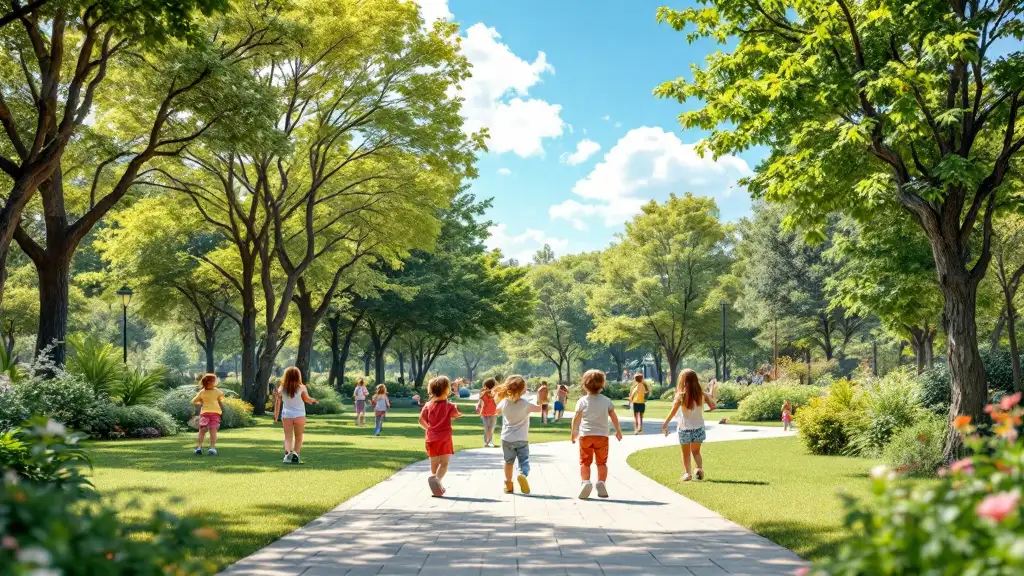
Promoting Physical Activity In Children With Autism

How To Prepare Autistic Children For Medical Procedures

The Role Of Social Media In Autism Advocacy And Awareness

The Impact Of Sensory Rooms In Public Facilities For Autism

How To Create An Autism-Friendly Holiday Celebration

Best Practices For Inclusive Education For Autistic Students

Autism And Mental Health: Recognizing Signs Of Distress

Best Practices For Sensory-Friendly Waiting Rooms

The Role Of Teachers In Early Autism Red Flag Identification

Autism-Friendly Housing Design Features

Autism-Friendly Housing Design Features

How Environmental Modifications Improve Autism Outcomes
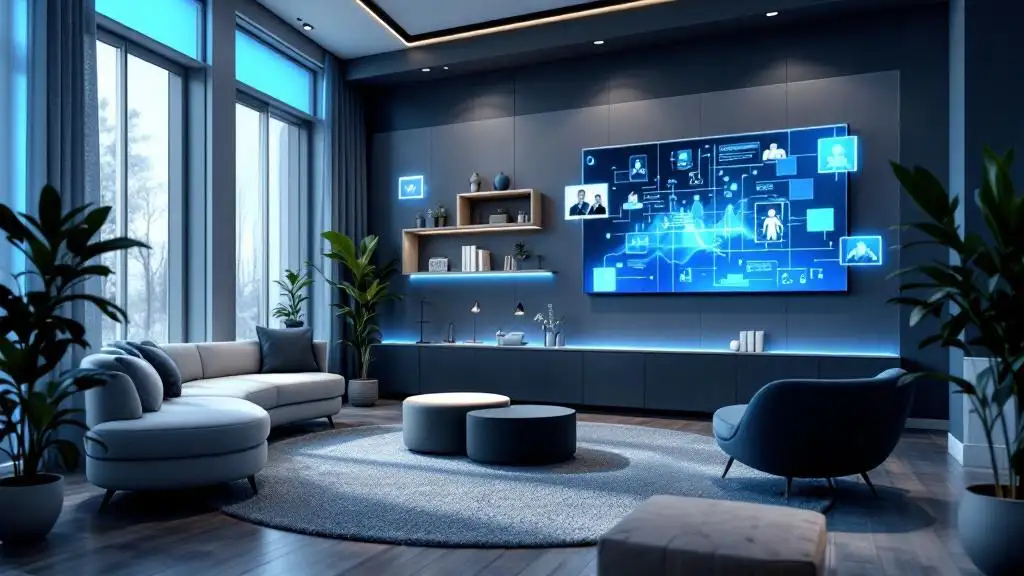
Autism And Technology-Based Learning Tools

Supporting Autistic Children Through Changes In Routine

The Link Between Autism And Working Memory Challenges

Best Practices For Autism-Friendly Cooking Classes

Autism And The Benefits Of Structured Music Lessons

Best Books To Teach Kids About Autism Acceptance
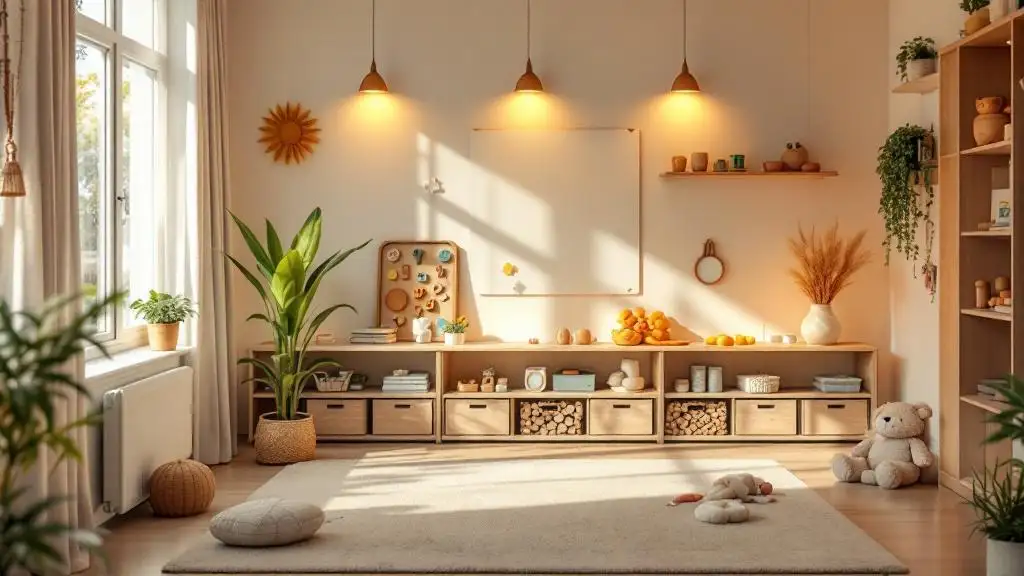
Sensory Diets And Their Benefits For Autism Management

How To Prepare Autistic Teens For Driver’s Education
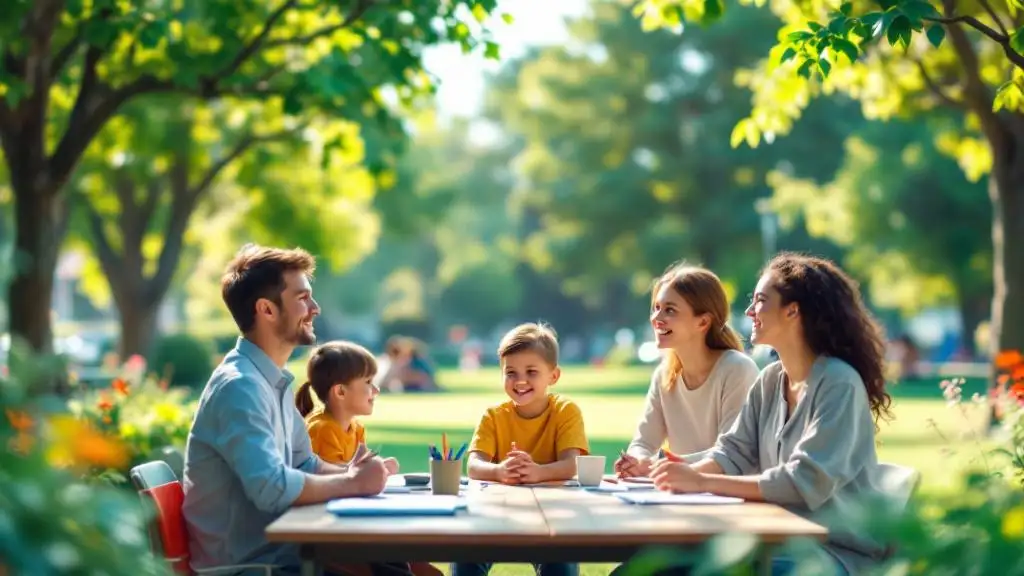
How To Teach Autistic Teens About Healthy Relationships
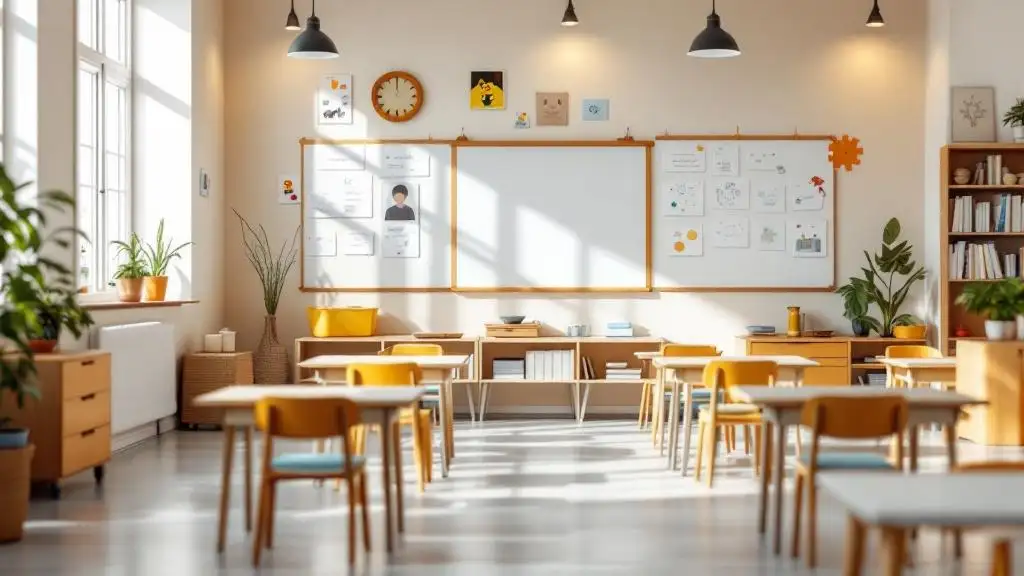
The Role Of Visual Prompts In Building Daily Habits For Autism

Addressing Sleep Regression In Children With Autism
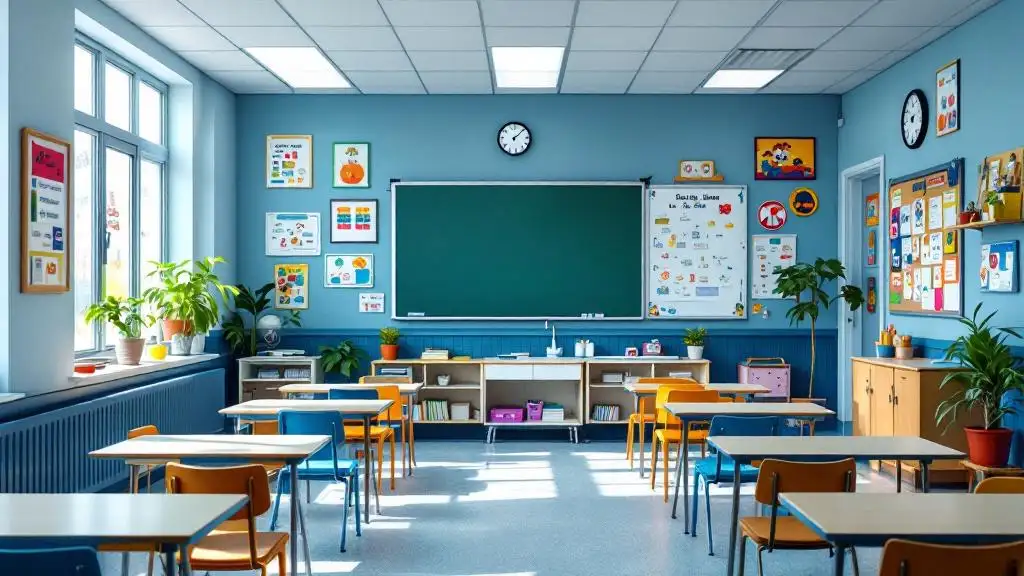
Understanding Social Stories And How They Help Autistic Children

Navigating Insurance Coverage For Autism Therapy Services
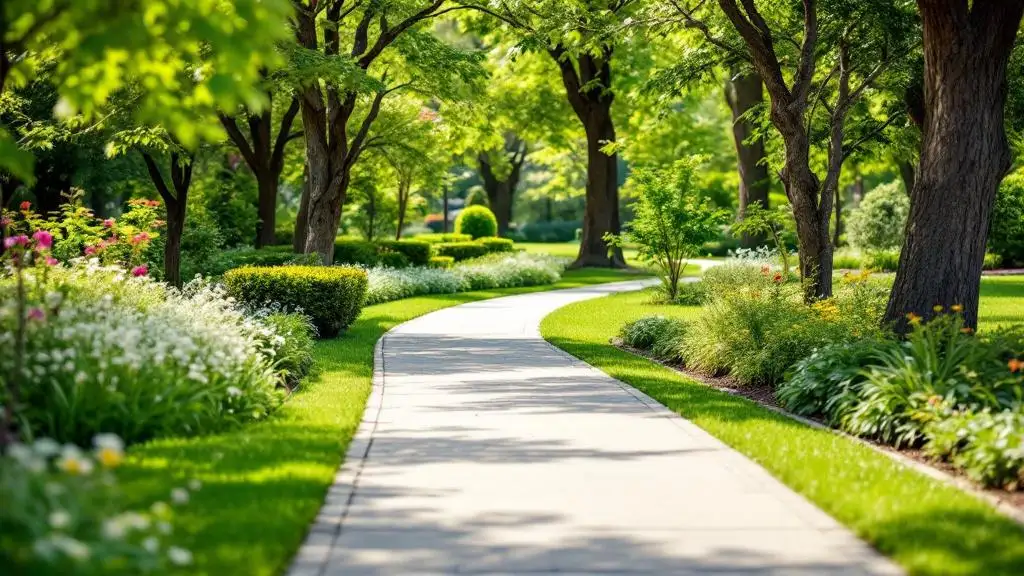
How To Prepare Autistic Adults For Independent Travel
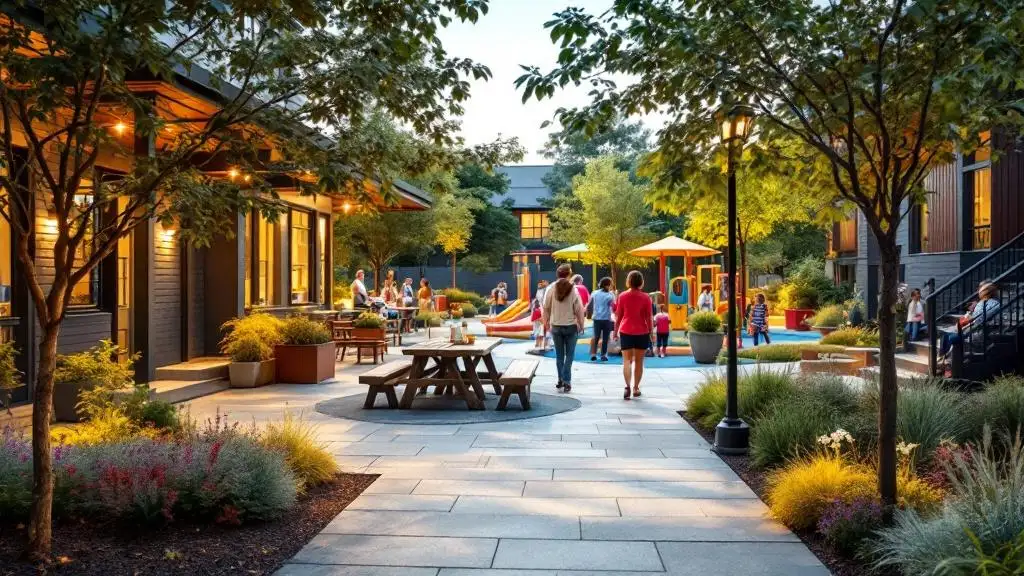
Supporting Autistic Individuals In Volunteer Work

How Mindfulness Practices Can Support Autism Well-Being
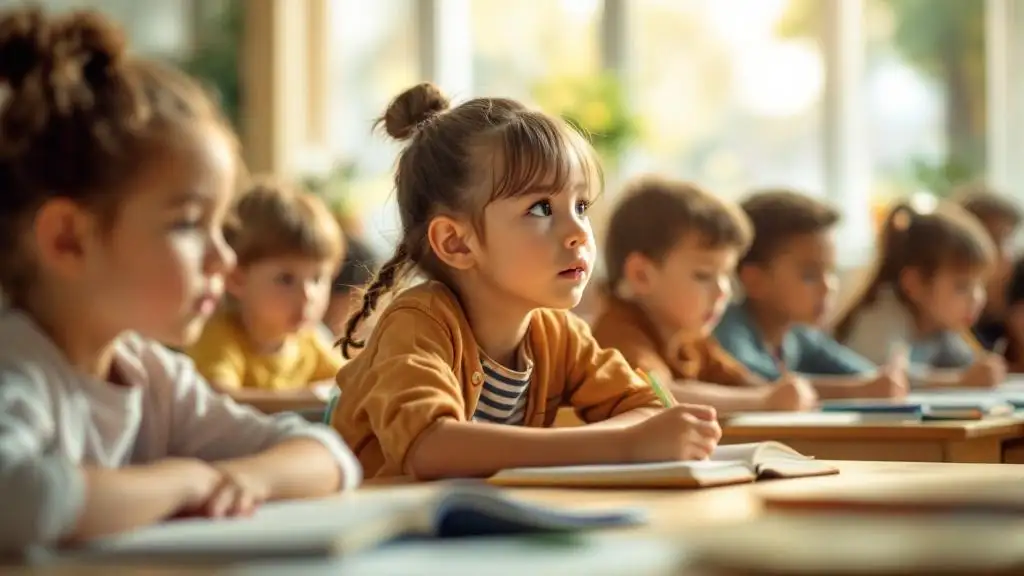
Understanding Hyperfocus And Special Interests In Autism

Understanding Stimming As A Self-Regulation Tool

Sensory-Based Interventions For Autism At Home
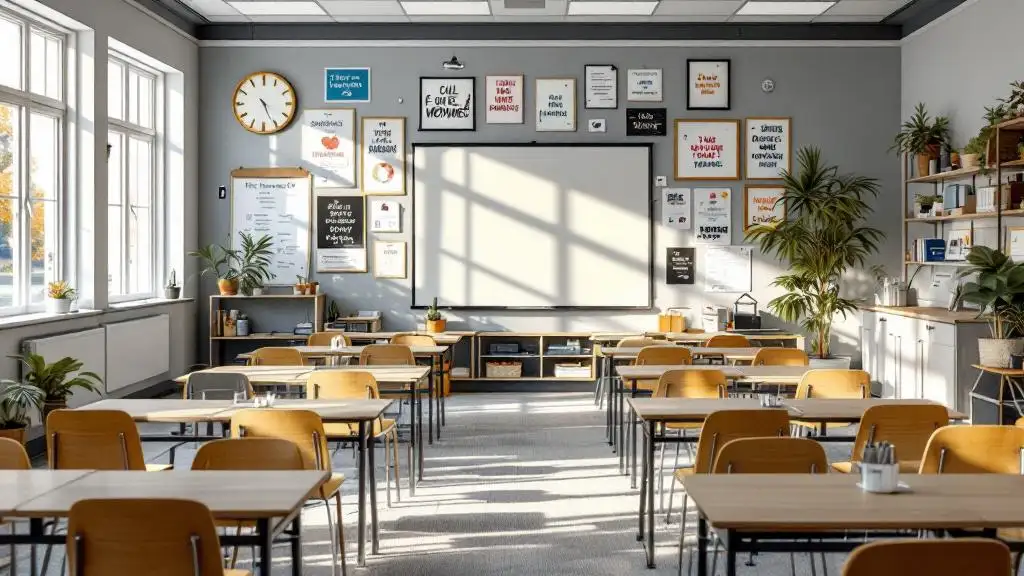
Best Ways To Introduce Self-Advocacy In Autistic Teens

Best Ways To Support Autistic Employees In Customer Service Roles

Best Practices For Autism-Friendly Volunteer Programs
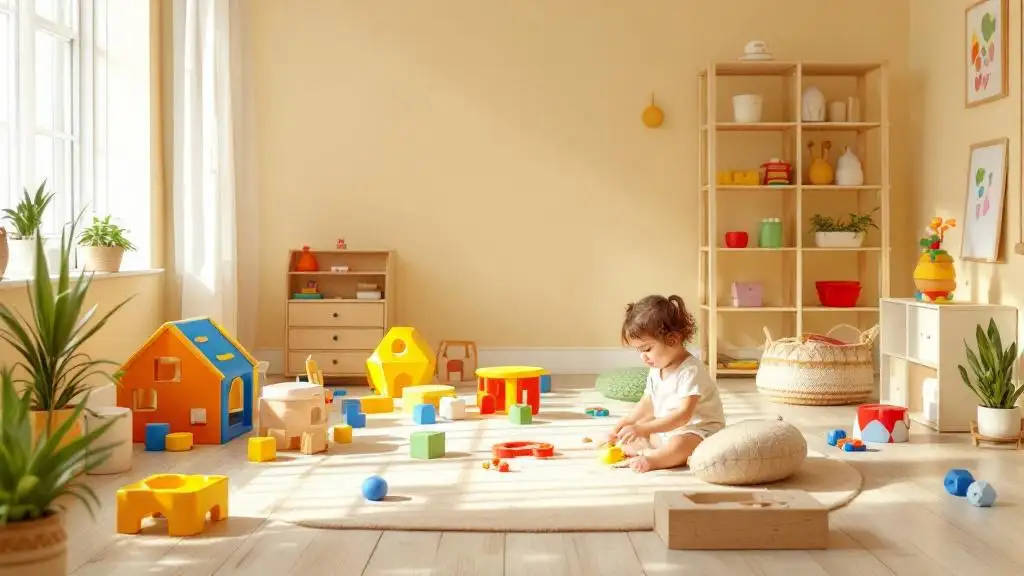
Autism And The Benefits Of Sensory Play For Emotional Growth
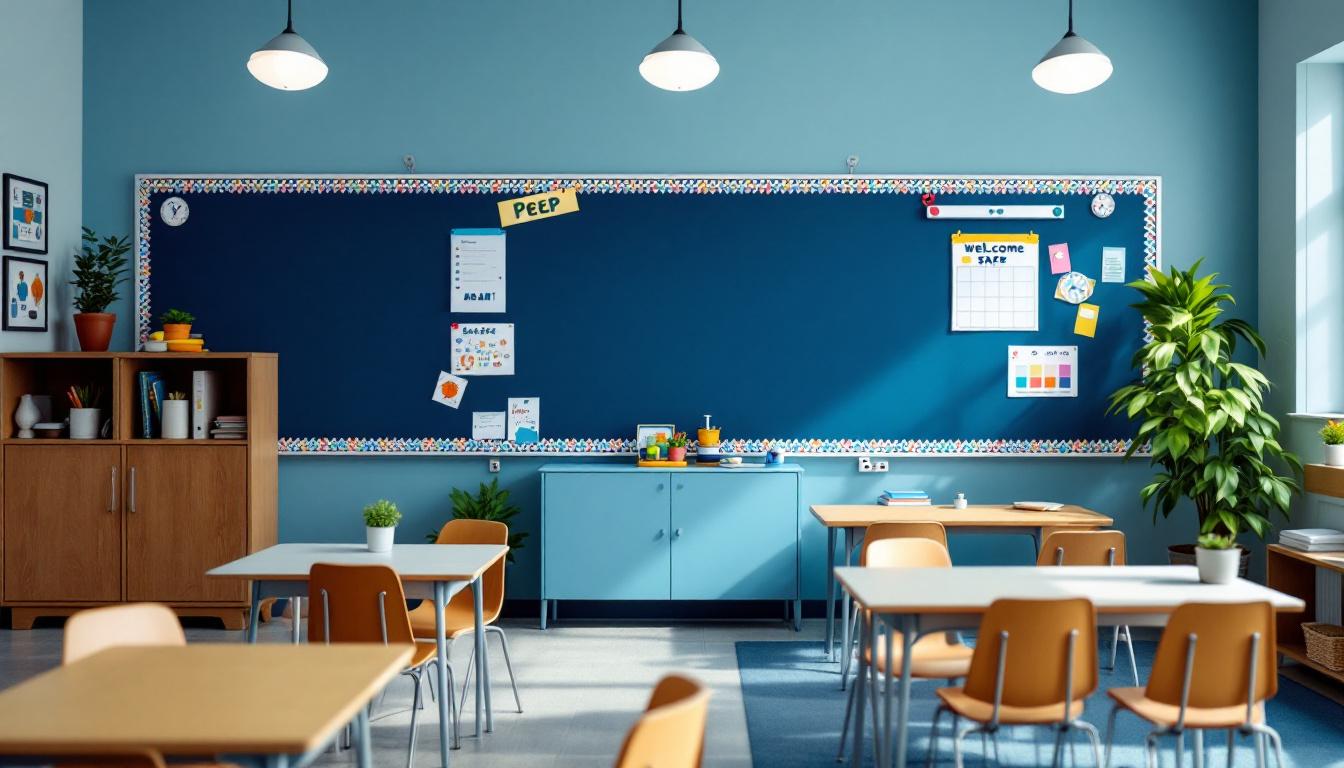
Autism And Strategies For Building Peer Relationships

Understanding How Autism Affects Memory Processing

Autism And Strategies For Building Coping Skills In Teens

The Role Of Parent Training In Autism Intervention Programs

Autism-Friendly Workplace Accommodations

Using Visual Timers For Autism Time Management

What Is ABA Therapy?

Autism and Sleep
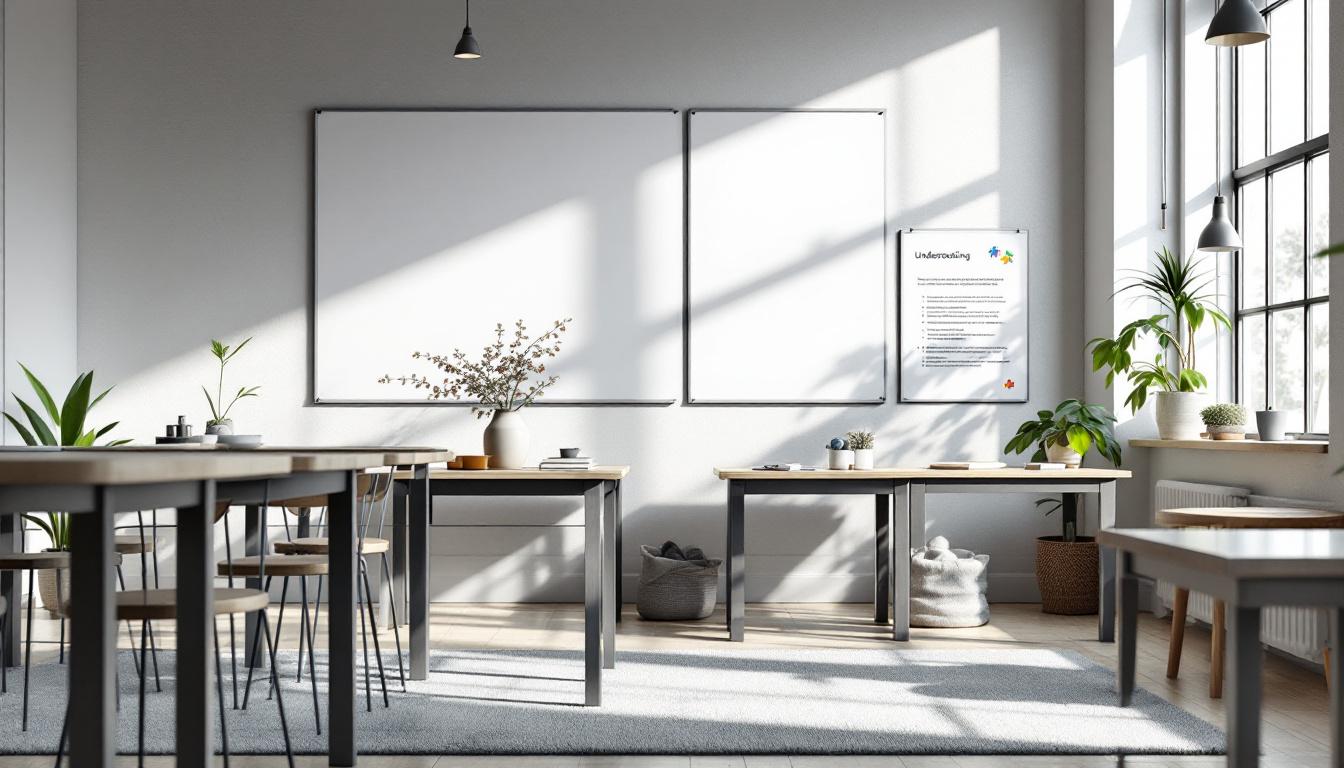
Do Plastic Toys Cause Autism?

Autism Facial Expressions
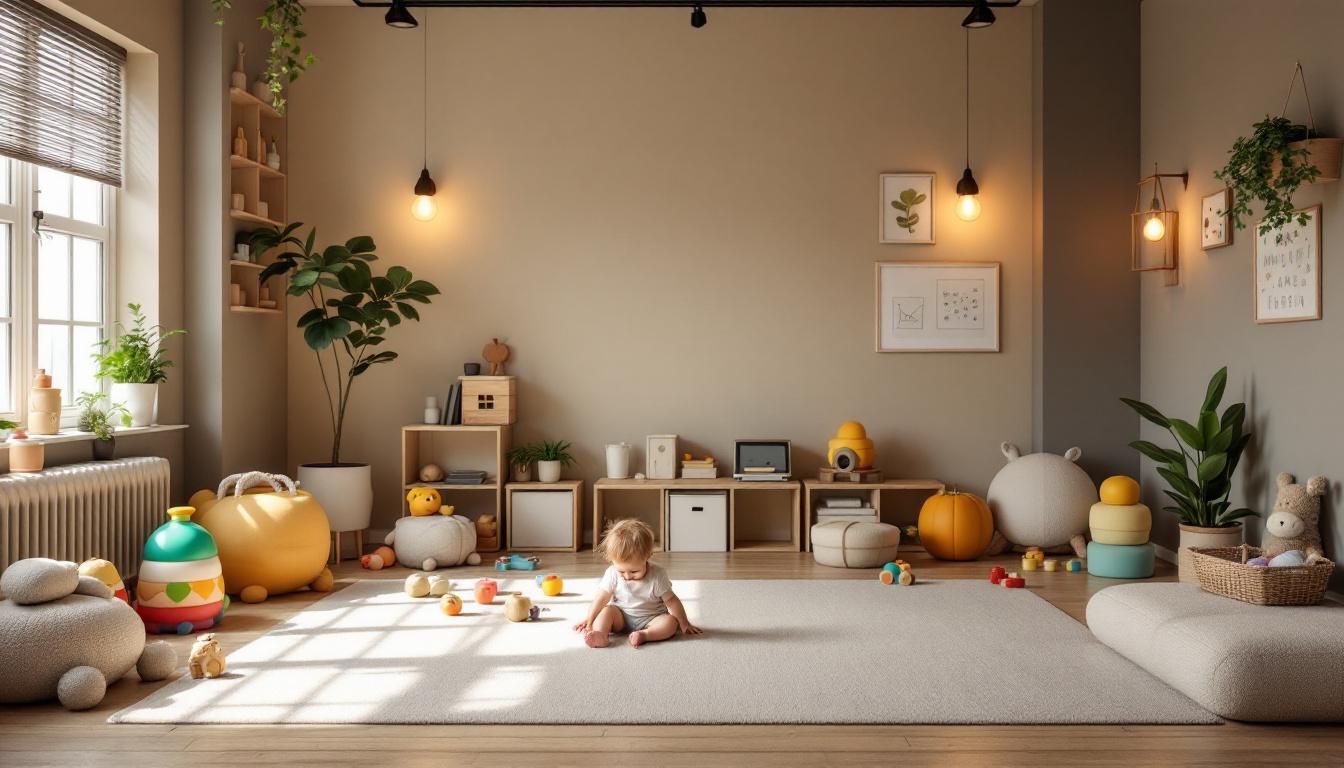
Autism and Motor Skills

Which Parent Carries The Autism Gene?

Autism Symbols & Colors

Rett Syndrome: Symptoms, Causes, and Treatment

Self-Diagnosed Autism
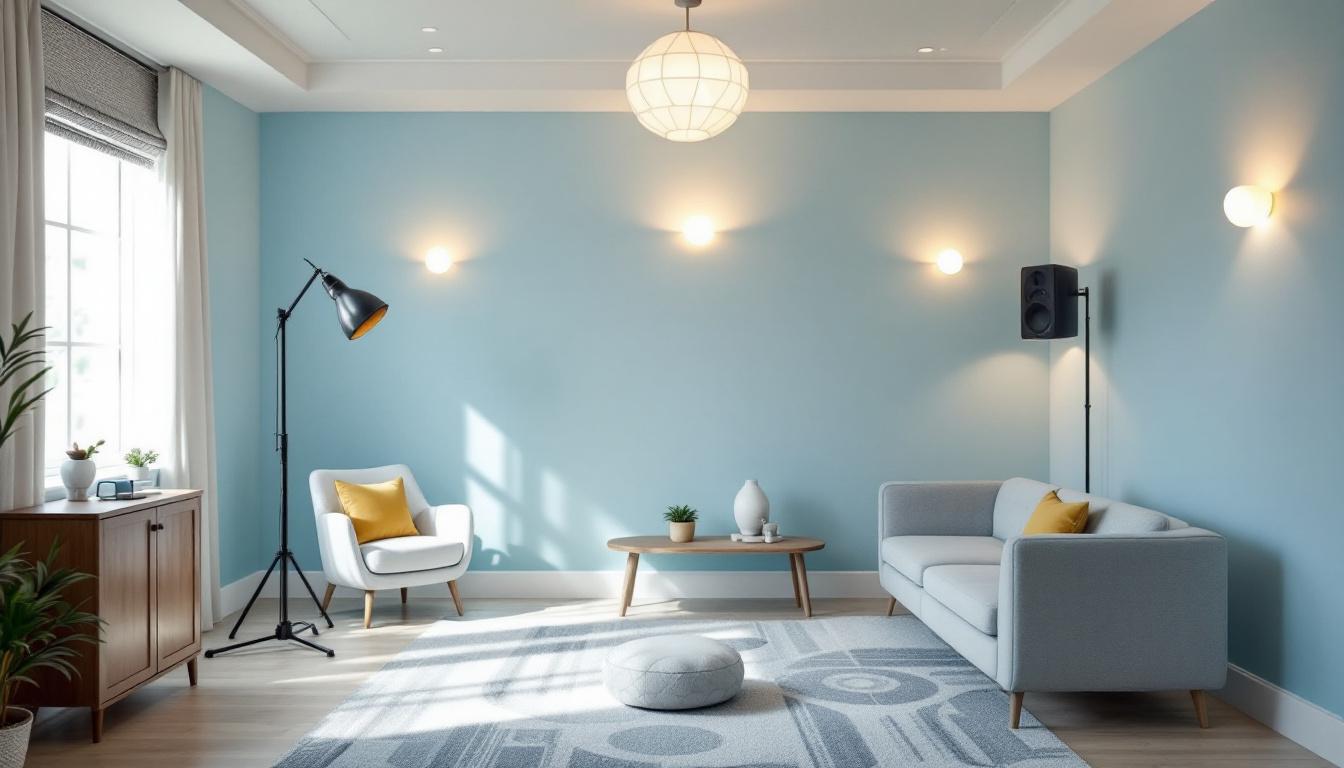
Autism and Sound Sensitivity
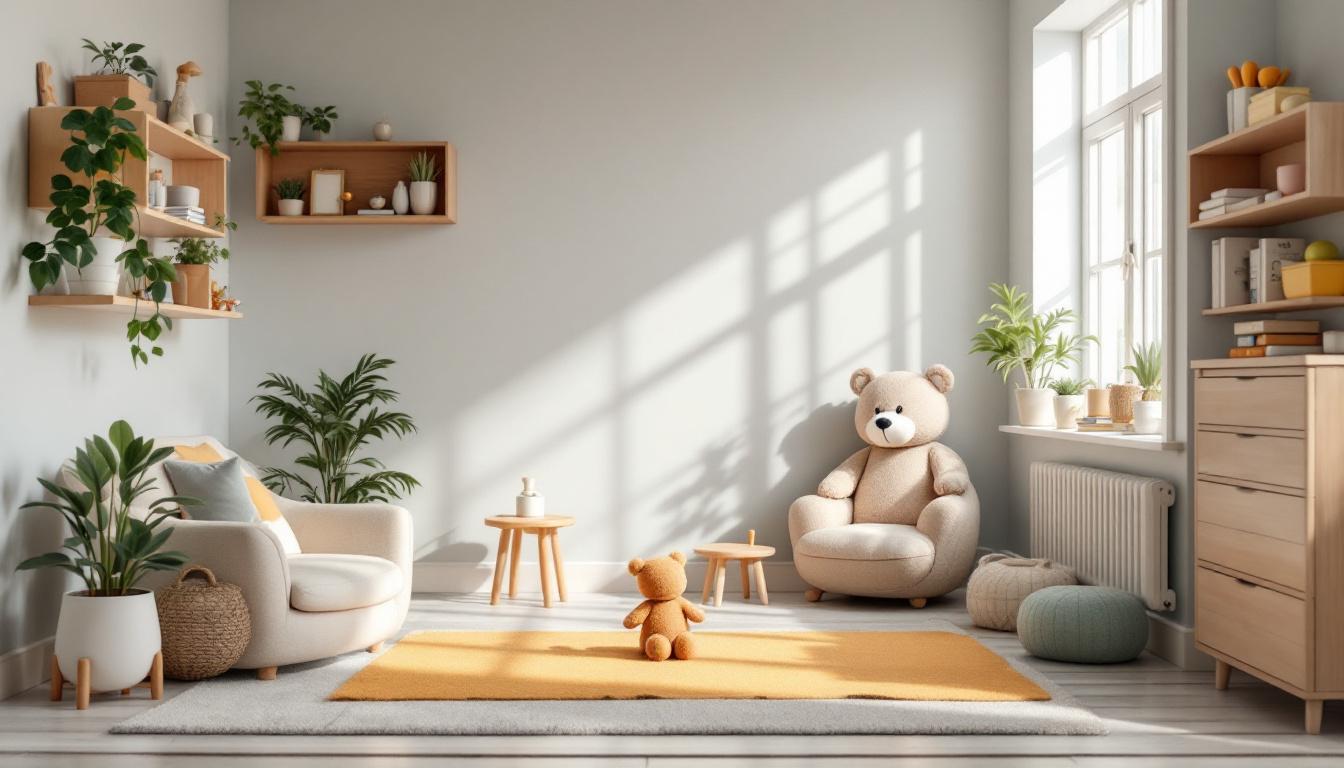
Autism With Speech Delay
We’re All About You, Your Family, and Your Child

